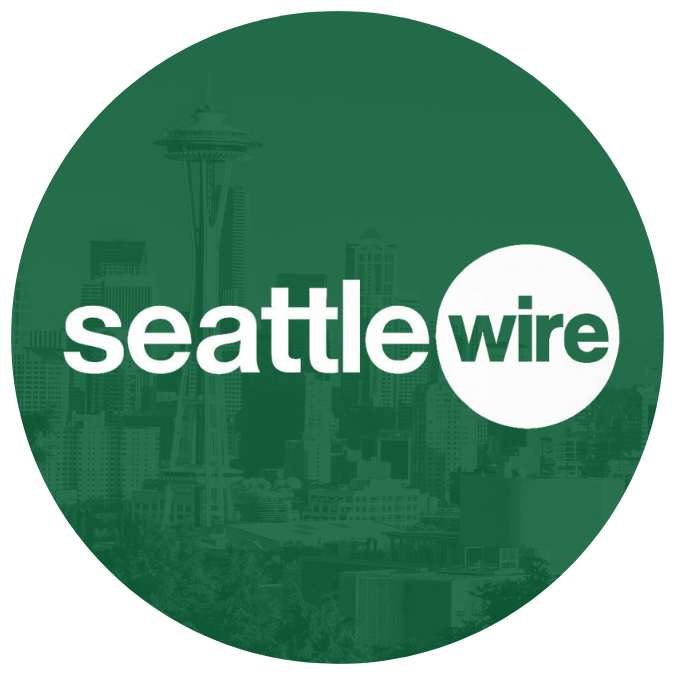How Is Seattle Transportation Adapting to a Growing City?
Seattle transportation plays a critical role in connecting residents, businesses, and visitors across a rapidly growing metropolitan area. With an increasing population and evolving infrastructure needs, the city faces challenges related to traffic congestion, public transit expansion, and sustainable mobility solutions. Seattle’s leaders are investing in innovative approaches to ensure an efficient and accessible transportation system that meets the demands of the future.
Read Also: How CX Strategy Transforms Business Success
What Are the Key Components of Seattle’s Public Transit System?
Public transit serves as the backbone of Seattle transportation, helping to reduce traffic congestion and lower carbon emissions. The city offers multiple modes of transit to accommodate diverse commuter needs.
Bus System
Operated by King County Metro, Seattle’s bus network provides extensive coverage throughout the city and surrounding areas. RapidRide bus lines offer faster service with limited stops, real-time arrival updates, and dedicated lanes to improve reliability. The city continues to expand bus services to underserved neighborhoods, making public transit more accessible.
Link Light Rail
Managed by Sound Transit, the Link light rail system provides a reliable alternative to driving, connecting Seattle-Tacoma International Airport, downtown, and key neighborhoods. Planned expansions will extend the light rail to Lynnwood, Federal Way, and Bellevue, further improving regional connectivity.
Streetcars
Seattle operates two streetcar lines: the South Lake Union Streetcar and the First Hill Streetcar, offering convenient transportation within urban areas. These lines help residents and tourists navigate Seattle’s busy neighborhoods while reducing reliance on cars.
Ferries
As part of the Washington State Ferries system, ferry routes connect Seattle to the Kitsap Peninsula and nearby islands, serving both commuters and visitors. Ferries provide a scenic and practical way to travel between the city and surrounding regions.
How Is Seattle Addressing Traffic Congestion?
Traffic congestion remains one of the biggest concerns in Seattle transportation, impacting commute times and quality of life. City planners have implemented strategies to alleviate congestion and improve traffic flow.
Investments in Public Transit
Encouraging the use of public transportation reduces the number of cars on the road. Sound Transit and King County Metro continue to expand service frequency and coverage, providing commuters with more reliable alternatives to driving.
Adaptive Traffic Signal Technology
Seattle has introduced adaptive traffic signals that use real-time data to adjust light timing based on traffic conditions. This technology helps reduce delays and improve efficiency at busy intersections.
Congestion Pricing Considerations
City officials have debated the introduction of congestion pricing, which would charge vehicles for entering high-traffic areas during peak hours. While this proposal remains under discussion, similar policies in other major cities have successfully reduced congestion.
What Is the Future of Seattle’s Light Rail Expansion?
Seattle’s Link light rail system is undergoing significant expansion, with major projects designed to enhance commuter convenience and regional accessibility. The Sound Transit 3 (ST3) plan will add 116 miles of light rail by 2041, connecting more neighborhoods and reducing dependency on highways.
Upcoming extensions include:
- Lynnwood Link (2024): Extends light rail northward, easing congestion on I-5.
- Federal Way Link (2026): Provides more transit options for South King County commuters.
- Ballard and West Seattle Lines (2030s): Expands service to high-density neighborhoods currently underserved by rail.
These projects represent a long-term commitment to efficient mass transit, positioning Seattle for a more connected future.
How Is Seattle Expanding Bike and Pedestrian Infrastructure?
Cycling and walking play a growing role in Seattle transportation, providing eco-friendly commuting options while reducing traffic congestion. The city is actively investing in bike lanes, pedestrian-friendly streets, and multimodal connections.
Protected Bike Lanes
Seattle continues to expand its protected bike lane network, separating cyclists from vehicle traffic to improve safety. New bike lanes are being added along major corridors, making cycling a more attractive commuting option.
Neighborhood Greenways
The Seattle Department of Transportation (SDOT) has developed Neighborhood Greenways, a network of low-traffic streets designed to prioritize biking and walking. These routes offer safer alternatives to main roads, connecting residential areas with schools, parks, and transit stations.
Bike-Transit Integration
Bicycles are permitted on buses, light rail, and ferries, making it easier for commuters to combine cycling with public transit. Seattle also offers bike-sharing programs, allowing residents to rent bikes for short trips.
What Challenges Does Seattle Face in Improving Mobility?
Despite progress in Seattle transportation, the city still faces challenges in creating a seamless and efficient mobility system.
Aging Infrastructure
Seattle’s roads and bridges require ongoing maintenance and upgrades. The West Seattle Bridge closure in 2020 highlighted the vulnerabilities of aging infrastructure, prompting further investment in repairs and replacements.
Population Growth
Seattle’s rapid population increase places strain on existing transit systems. To accommodate future demand, the city must continue expanding public transportation while ensuring affordability and accessibility.
Funding Constraints
Large-scale transportation projects require significant investment. While voter-approved funding measures, such as the Sound Transit 3 (ST3) expansion, have helped finance major projects, budget constraints remain an obstacle to faster progress.
What Is the Role of Sustainability in Seattle Transportation?
Seattle is committed to reducing carbon emissions and promoting sustainable transportation. The city’s Climate Action Plan outlines several initiatives to make transit more environmentally friendly.
Electrification of Public Transit
King County Metro is transitioning to a fully electric bus fleet by 2035, reducing the city’s reliance on fossil fuels. Additionally, Sound Transit is working toward sustainable energy solutions for light rail operations.
Car-Free Zones and Low-Emission Areas
Seattle has introduced car-free zones in select areas to encourage walking, biking, and public transit use. These zones help reduce pollution and create safer urban environments.
Green Infrastructure
Projects like rain-absorbing sidewalks and tree-lined streets contribute to a healthier city by managing stormwater runoff and improving air quality.
How Will Seattle Transportation Evolve in the Coming Years?
Seattle’s future transportation landscape will focus on connectivity, sustainability, and innovation. Ongoing investments in public transit, smart technology, and alternative mobility solutions will shape the way residents and visitors navigate the city.
Read Also: Boeing in Seattle: A Century of Aviation Excellence
Key developments to watch include:
- Continued light rail expansion to connect more neighborhoods.
- Advancements in smart traffic management to optimize vehicle flow.
- Integration of autonomous and electric vehicles into the transit system.
- More pedestrian-friendly urban design to enhance walkability.
By prioritizing modern infrastructure and multimodal connectivity, Seattle is positioning itself as a leader in sustainable urban transportation.






